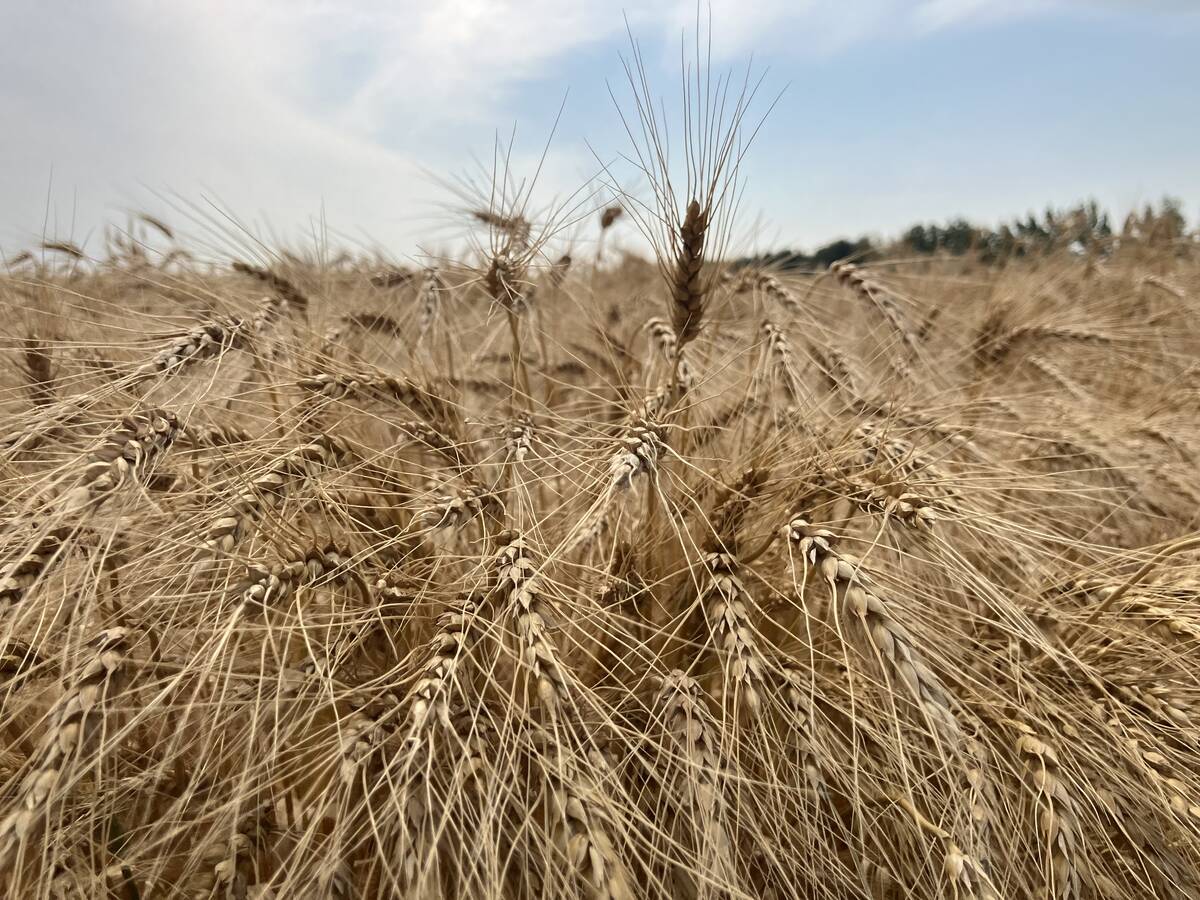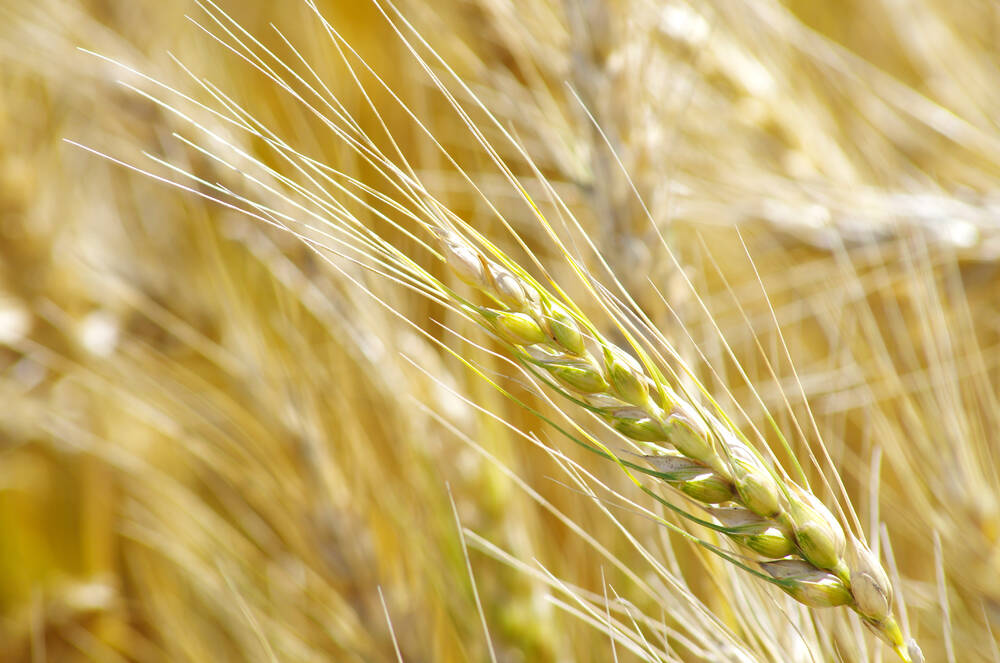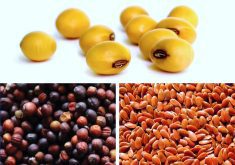Picking a low in a futures market is a crap shoot at the best of times, but after Minneapolis spring wheat futures hit their weakest levels in nearly four years in late August, several factors support ideas that the lows have been reached for now.
Seasonals: Based on historical charts, Minneapolis spring wheat futures typically see a seasonal turn higher in September/October. That trend is bearing out so far in 2024. The December contract hit a session low of US$5.63 per bushel on Aug. 26, but was more than 50 cents above that level by Sept. 6 after posting gains for seven straight sessions. The move back above $6 was bullish from a chart standpoint, with the contract also above its 20- and 50-day moving averages.
Harvest progress: Canada’s spring wheat harvest should be passing the halfway mark, while an estimated 70 per cent of the U.S. spring wheat crop was already off the fields as of Sept. 1, according to data from the United States Department of Agriculture. Increased deliveries into the commercial pipeline will likely limit how high prices may go, but demand also typically heats up as more new crop grain becomes available.
Read Also

Prairie spring wheat looks like a bumper crop
Canada will likely set a new record for spring wheat yields this year, topping the previous mark of 54.1 bushels/acre – set in 2020
Abroad: Winter wheat crops in Europe and the Black Sea region failed to meet expectations after adverse weather during the growing season and at harvest. Resulting downward revisions to the global winter wheat balance sheet should continue to underpin spring wheat as well, although prospects are better for developing crops in the Southern Hemisphere. Australia’s agriculture department recently forecast the 2024/25 wheat crop at 31.8 million tonnes, which would be up by 23 per cent on the year.
India: Wheat was reportedly seeing localized price spikes in parts of India, and the government is expected to release more grain from its strategic reserves to help moderate the local market. There are also ideas that India, usually self-sufficient in wheat, may import this year to replenish its stocks.
















